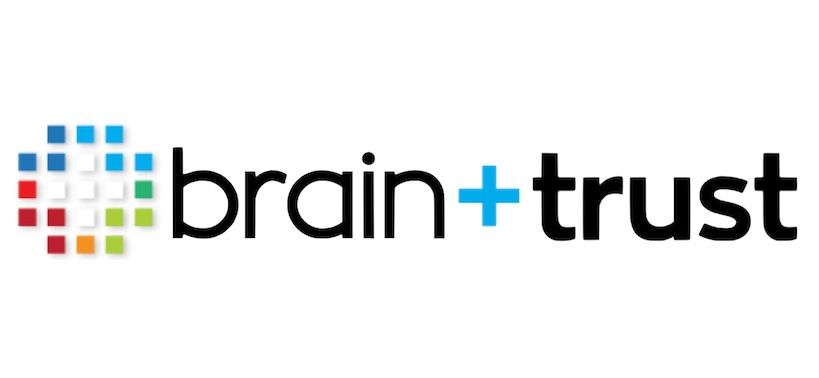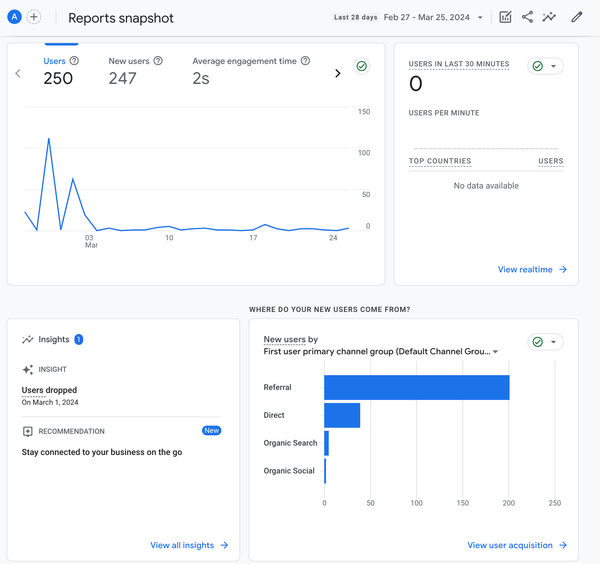Breaking Down CDPs and DMPs: What They Mean for Customer Analysis
Customer Data Platforms (CDPs) and Data Management Platforms (DMPs) stand out as essential components in the modern marketer’s arsenal needed for sophisticated data management.

In the digital age, understanding and leveraging customer data has become a cornerstone of successful business strategies. As companies strive to offer personalized experiences and streamline their marketing efforts, the need for sophisticated data management tools has never been more critical. Among these, Customer Data Platforms (CDPs) and Data Management Platforms (DMPs) stand out as essential components in the modern marketer’s arsenal, albeit serving distinct functions. This article aims to demystify these platforms, highlighting their features, benefits, and the implications they hold for customer analysis.
Understanding Customer Data Platforms (CDPs)
Definition and Purpose
At its core, a Customer Data Platform (CDP) is designed to collect, consolidate, and manage customer data from various sources into a single, cohesive database. This integration allows businesses to maintain a complete, unified view of each customer, fostering enhanced personalization and customer engagement strategies. Unlike other data management systems, CDPs focus on collecting first-party data directly from the company's interactions with customers, ensuring accuracy and relevance in customer insights.

Brain+Trust Partners empower brands for future readiness through master data management, unified strategy, AI engineering, and digital product development.
Key Features of CDPs
The hallmark of a CDP lies in its ability to seamlessly integrate disparate data sources, including online and offline interactions, into a unified customer profile. These platforms excel in real-time data processing, enabling businesses to react promptly to customer behaviors and preferences. Additionally, CDPs are built with privacy and compliance in mind, ensuring that customer data is handled according to the latest regulations and standards.





